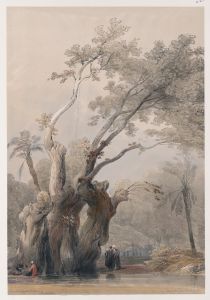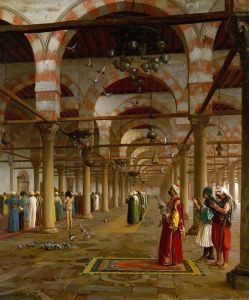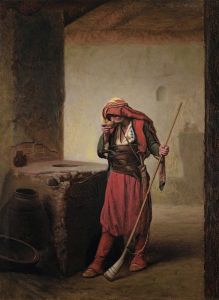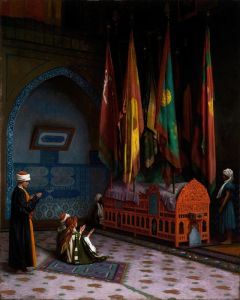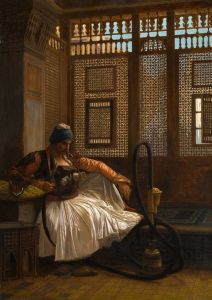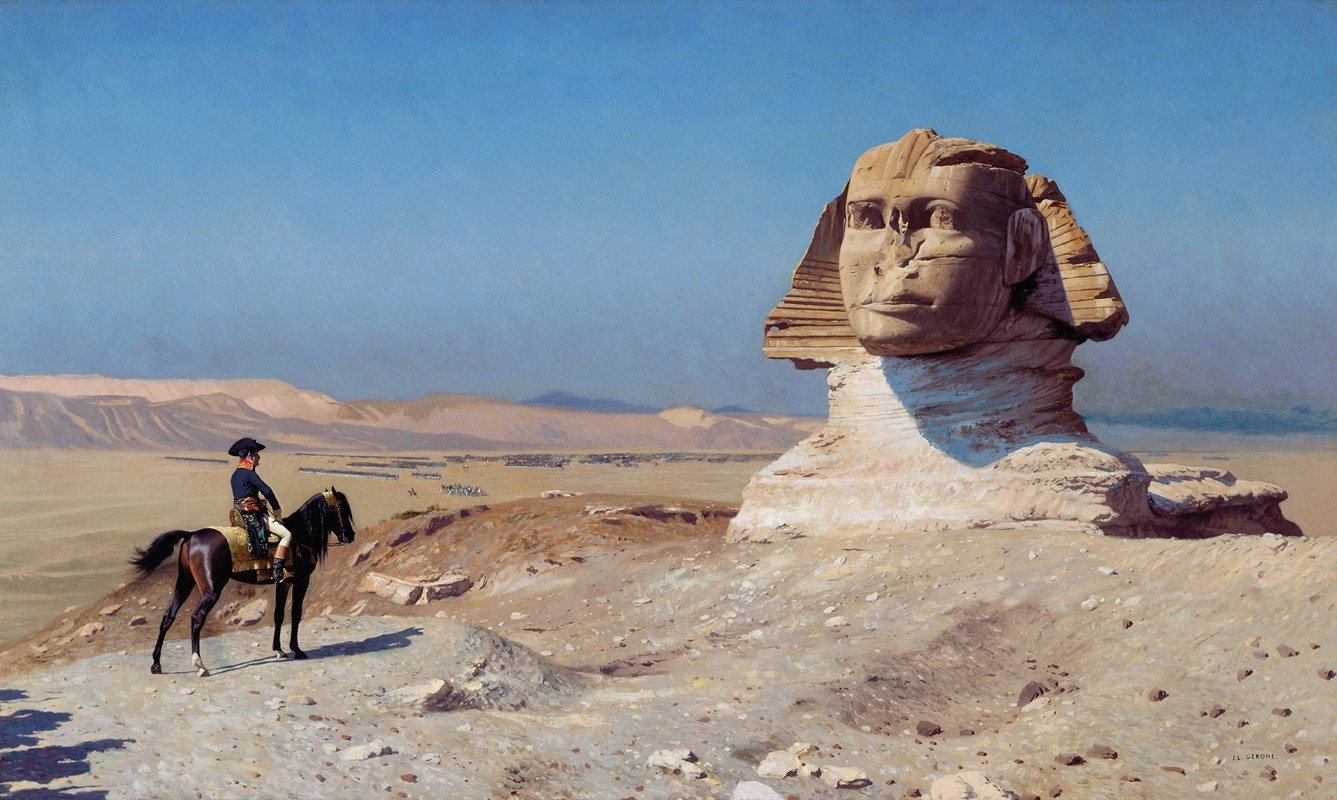
Bonaparte Before the Sphinx
A hand-painted replica of Jean-Léon Gérôme’s masterpiece Bonaparte Before the Sphinx, meticulously crafted by professional artists to capture the true essence of the original. Each piece is created with museum-quality canvas and rare mineral pigments, carefully painted by experienced artists with delicate brushstrokes and rich, layered colors to perfectly recreate the texture of the original artwork. Unlike machine-printed reproductions, this hand-painted version brings the painting to life, infused with the artist’s emotions and skill in every stroke. Whether for personal collection or home decoration, it instantly elevates the artistic atmosphere of any space.
"Bonaparte Before the Sphinx" is a painting by the French artist Jean-Léon Gérôme, completed in 1867. Gérôme, a prominent academic painter of the 19th century, is known for his detailed and historically themed works. This painting is one of his most famous pieces and is a striking example of his interest in historical and orientalist subjects.
The painting depicts a dramatic and contemplative scene featuring Napoleon Bonaparte during his Egyptian campaign. In the foreground, Napoleon is shown on horseback, gazing up at the Great Sphinx of Giza. The Sphinx, an ancient and enigmatic monument, looms large in the background, symbolizing the timeless and mysterious nature of ancient Egypt. The juxtaposition of the modern figure of Napoleon with the ancient Sphinx creates a powerful visual contrast and evokes themes of history, conquest, and the passage of time.
Gérôme's attention to detail is evident in the meticulous rendering of both the Sphinx and Napoleon. The Sphinx is portrayed with a high degree of accuracy, capturing its weathered and eroded features, while Napoleon is depicted in his military uniform, exuding a sense of authority and contemplation. The painting's composition emphasizes the scale of the Sphinx compared to the relatively small figure of Napoleon, highlighting the grandeur and enduring presence of the ancient monument.
The historical context of the painting is significant. Napoleon's Egyptian campaign, which took place from 1798 to 1801, was a major military and scientific expedition. Although the military aspect of the campaign was ultimately unsuccessful, it led to significant contributions to the field of Egyptology. The discovery of the Rosetta Stone, for example, occurred during this period, which eventually enabled the deciphering of Egyptian hieroglyphs.
"Bonaparte Before the Sphinx" reflects Gérôme's fascination with both historical events and the exoticism of the East, a common theme in 19th-century European art. The painting can be seen as a meditation on the encounter between Western modernity and ancient Eastern civilizations. It also captures the Romantic era's interest in the sublime and the mysterious, as well as the 19th-century European fascination with Napoleon as a historical figure.
The painting is housed in the Hearst Castle in San Simeon, California, part of the extensive art collection amassed by William Randolph Hearst. It remains a popular and frequently studied work, admired for its technical skill, historical resonance, and evocative imagery.
In summary, "Bonaparte Before the Sphinx" by Jean-Léon Gérôme is a masterful painting that captures a moment of historical significance with great artistic skill. It reflects the artist's interest in history and the exotic, and continues to be appreciated for its detailed execution and the powerful themes it evokes.





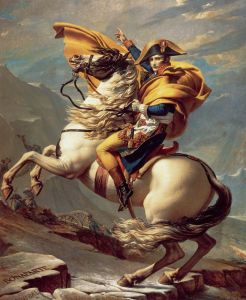
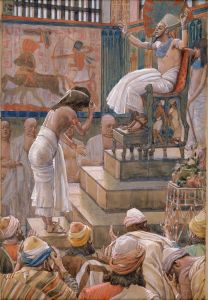
![Dendera [Dandara]. Dec. 1838.](/imgs/217474/s/david-roberts-dendera-dandara-dec-1838-6eb01a73.jpg)
![Interior of the mosque of the Metwalys [Metwalis].](/imgs/217497/s/david-roberts-interior-of-the-mosque-of-the-metwalys-metwalis-d41ed7bd.jpg)
